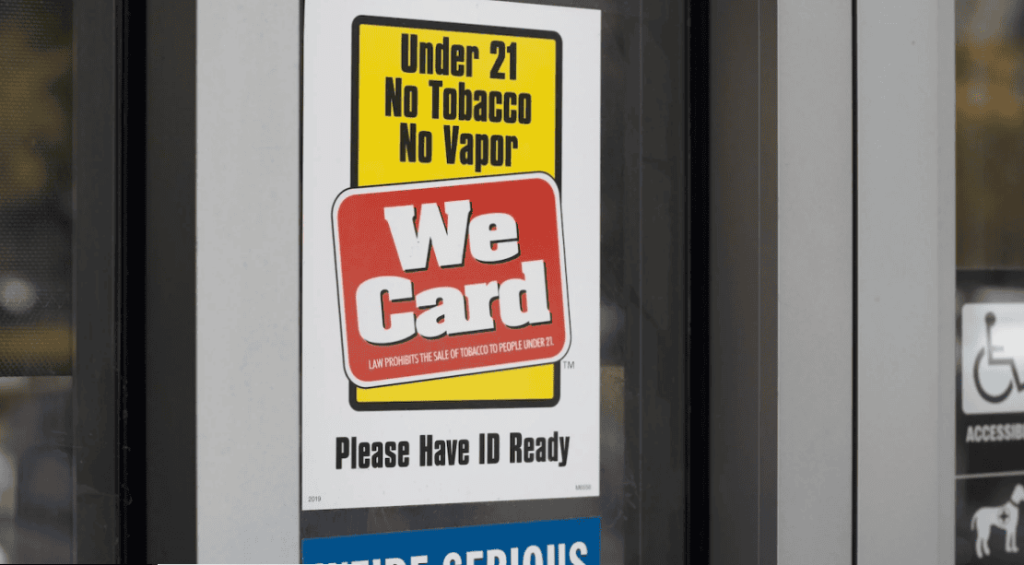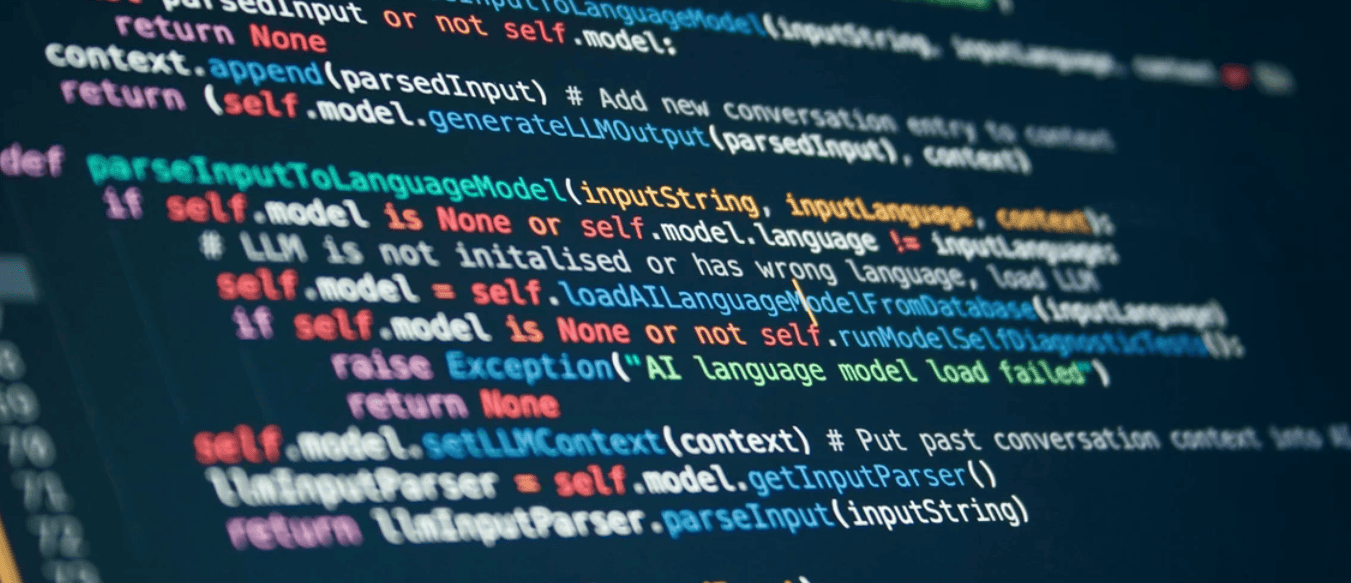Raising the legal age for purchasing tobacco products to 21 has emerged as a preferred strategy to reduce the rates of youth smoking and vaping in the US. This column uses both self-reported and biomarker measures to assess the impact of implementing such policies. The authors find that self-reported smoking rates decline markedly upon introduction of Tobacco 21 rules, but biomarker results reveal only mixed evidence of reduced tobacco exposure, suggesting fewer young smokers are identifying as smokers under the new rules. Tobacco 21 rules also encourage cross-border shopping to states with lower age restrictions. The overall findings for vaping are similarly mixed.
According to a study by Wang et al. (2019), over 30% of US high school students reported using tobacco products in the last 30 days, with nearly 28% using e-cigarettes. This marks a significant increase from previous years, highlighting the urgent need for effective regulatory measures. As policymakers strive to curb the alarming rates of youth smoking and vaping, the implementation of Tobacco 21 (T21) laws has emerged as a focal point. These laws, which raise the legal age for purchasing tobacco products to 21, aim to limit youth access to tobacco and, consequently, reduce long-term health risks. The national T21 law, enacted in December 2019, represents a pivotal effort in this direction, following earlier implementations of T21 laws at the state and local levels.
In a recent paper (Cotti et al. 2024), we examine the impact of T21 laws on smoking and vaping behaviours among young adults and adolescents, offering insights into the broader implications for public health policy. The results join previous research into the effects of the state-level T21 laws suggesting that they reduced self-reported smoking and vaping among underage individuals (Bryan et al. 2024, Abouk et al. 2024, Friedman and Pesko 2024). Building on such research, our study utilises data from the Population Assessment of Tobacco Use and Health (PATH) to analyse the effects of state-level T21 laws on smoking and vaping behaviors.
The PATH dataset is a longitudinal collection of self-reported and biomarker measures of tobacco use, providing a comprehensive view of individual smoking and vaping habits. By leveraging this dataset, this study provides a detailed analysis of within-person changes in behavior following the implementation of T21 laws. This approach helps to isolate the effects of the policy from other confounding factors. The biomarker measures allow for an investigation into whether people who say they are smoking and vaping less are actually exposed to fewer tobacco-related chemicals.
The study reveals several key findings regarding the impact of T21 laws on tobacco use:
- Reduction in self-reported smoking: Among 18 to 20 year-olds, the implementation of T21 laws is associated with a significant reduction in the probability of initiating cigarette smoking, as reported by the participants of the PATH. This effect is particularly pronounced among males, suggesting that T21 laws may effectively target a demographic at high risk for smoking initiation.
- Impact on self-reported vaping: While the overall effect of T21 laws on self-reported vaping is mixed, certain sub-groups within the sample show reductions in vaping behaviour. This indicates that the policy may be effective in curbing e-cigarette use among specific populations, though further research is needed to fully understand these dynamics.
- Cross-border shopping: Young adults affected by T21 laws are more likely to purchase cigarettes in neighbouring states with lower age restrictions. This highlights a potential loophole in the policy’s effectiveness and underscores the need for consistent enforcement across jurisdictions.
- Biomarker analysis: Despite the large reductions in self-reported cigarette smoking, the study only observes mixed evidence of reductions in tobacco exposure as measured by biomarkers. After ruling out other explanations, evidence suggests that T21 laws reduce the probability that likely smokers, those with high levels of recent tobacco exposure, self-report as smokers.
The findings of our study contribute to the broader policy debate on tobacco control. The self-reported results support the efficacy of T21 laws in reducing youth smoking initiation, aligning with previous research (Bryan et al. 2024, Abouk et al. 2024, Friedman and Pesko 2024). However, the mixed results on self-reported vaping and the challenges posed by cross-border shopping indicate that T21 laws are not a panacea.
One critical insight from this study is the potential for self-reporting biases in assessing the impact of T21 laws. The discrepancy between self-reported smoking behaviours and biomarker measures of tobacco exposure suggests that young adults may underreport their smoking status following the implementation of T21 laws. This highlights the importance of using objective measures, such as biomarkers, in evaluating public health policies. It also suggests that measuring responses to other tobacco control policies using both self-reports and biomarkers may provide a more complete picture than simply using self-reported data. Indeed, previous work measuring the response of smokers to cigarette tax increases suggests that moving beyond self-reported data provides important nuance about responses to tax increases (e.g. Cotti et al. 2016, 2018, Nesson 2017a,b, DeCicca et al. 2008).
The study calls for further research to explore the long-term effects of T21 laws and other tobacco control measures. As more waves of PATH data and biomarker information become available, researchers will be better equipped to assess the sustained impact of these policies. Additionally, investigating the role of enforcement and public awareness campaigns could provide valuable insights into enhancing policy effectiveness. Policymakers must consider complementary strategies, such as robust enforcement and public education campaigns, to enhance the effectiveness of age-restriction laws.
Source : VOXeu



































































